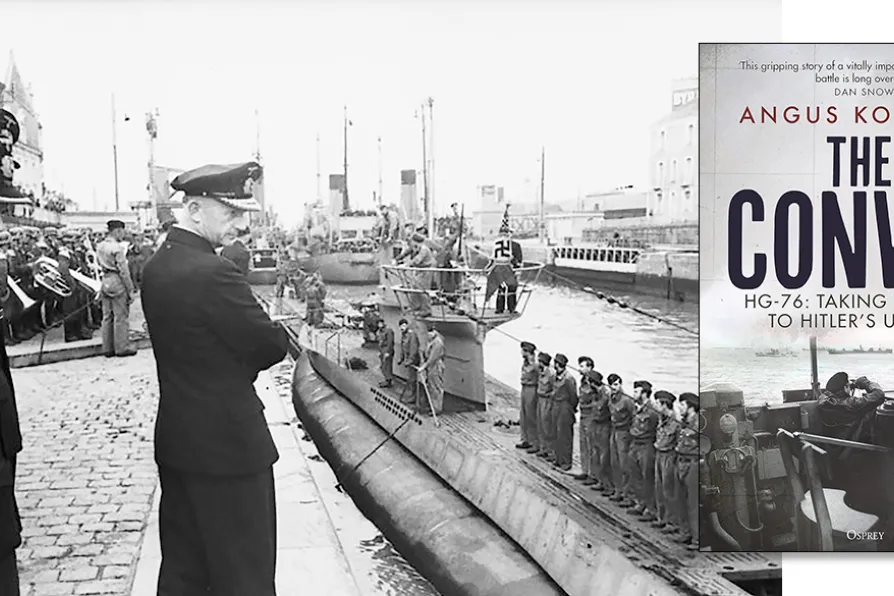TOM STONE sings the praises of one of the oldest open-air festivals in Britain

 Admiral Karl Donitz inspecting the Saint-Nazaire submarine base in France, June 1941, six months before Convoy HG-76
[Deutsches Bundesarchiv/CC]
Admiral Karl Donitz inspecting the Saint-Nazaire submarine base in France, June 1941, six months before Convoy HG-76
[Deutsches Bundesarchiv/CC] The Convoy – HG-76: Taking the Fight to Hitler’s U-boats
Angus Konstam, Osprey, £25
DURING the early years of the second world war, scantily protected convoys of merchant ships undertook perilous journeys sailing from the US, Africa and Gibraltar to Britain in order to bring home food, raw materials and other supplies vital to the war effort.
This precarious lifeline kept Britain in the fight against Nazi Germany and accordingly became an obvious target for “wolf packs” of U-boats patrolling under the sea and looking to sink poorly defended targets.

Communists lit the spark in the fight against Nazi German occupation, triggering organised sabotage and building bridges between political movements. Many paid with their lives, says Anders Hauch Fenger

The pivotal role of the Red Army and sacrifices of the Russian people in the defeat of Nazi Germany must never be forgotten, writes DR DYLAN MURPHY












